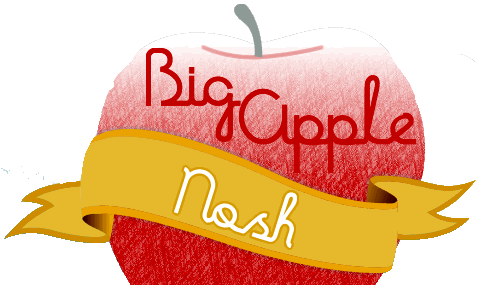"Simply amazing. I would highly recommend." - 
![]()
Yogurt consumption around the world is growing at an impressive rate.
We at Ronnybrook are ready to provide our loyal customers with the healthiest versions of both cup and drinkable yogurts. By “healthiest versions”, we mean as with all our products, a yogurt that is made with the freshest ingredients, no artificial thickeners or stabilizers, and produced in the least “processed” way possible. Ronnybrook has been making yogurt for over 8 years. When developing our recipe we sourced out a culture manufacturer who could provide us with a mixture of starter cultures to provide body-building characteristics - L. Bulgaricus, L. Yogurtii, L. Acidophilus, S.Thermophilus. These muscle-bound cultures act as a natural stabilizer for producers like us who desire a clean label declaration.
Bob Roberts explains in his article Culturally Speaking in the April 2004 issue of Dairy Foods Magazine:
"Some, but not all strains of a variety of species of lactic acid bacteria, including Lactococcus lactis ssp. Lactis and cremoris, Streptococcus thermophilis and Lactobacillus bulgaricus, are able to produce extra cellular polysaccharide (EPS). In the starter culture industry these strains are often referred to as body building because the strains impart certain attributes to the finished product that are not simply due to the production of lactic acid. The EPS that these cultures produce during fermentation is composed primarily of high-molecular weight carbohydrate (polysaccharide) and is often referred to as "slime" EPS produced by the starter may remain closely associated with the cell (capsular polysaccharide), may be loosely associated with the cell or may be secreted into the medium. For sake of simplicity, all types of extracelluar polysaccharide are often referred to simply as EPS.
Not all EPS-producing strains are created equal. Strains vary in the chemical type and amount of EPS produced. Some strains produce copious amounts of EPS. In addition, as with many characteristics of lactic acid bacteria, the amount, and sometimes even the type of EPS produced may vary with composition of the base mix and temperature of fermentation...As a stabilizer, EPS results in increased viscosity in liquid products like buttermilk and stirred-style yogurt. In gelled products, such as yogurt and sour cream, EPS appears to interact with milk protein, modifying the gel structure formed during fermentation. This modification results in a final finished product that is less shear-thinning. In other words, it stays thicker when it is stirred, as compared to products that do not contain EPS. EPS- producing starter cultures are also useful in limiting or preventing synersis or wheying-off, which occurs in products such as yogurt, buttermilk and sour cream."
Now that we have our mix of starter cultures was finalized by reaching the desired consistency for our yogurt, it was then up to our yogurt maker to make sure the amount of EPS in our product is achieved by regulating the composition of the mix and the temperature of the incubation process. Ours is made with whole milk and live cultures, period. No thickeners or additives.
Flavors Available
Coconut
Peach
Strawberry
Vanilla
Maple Vanilla
Plain (Nonfat)
Plain